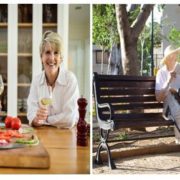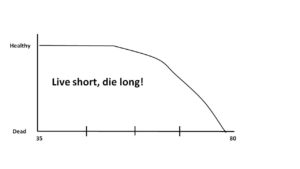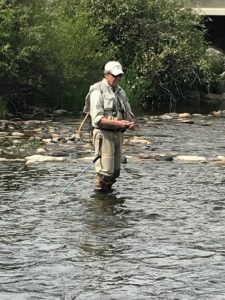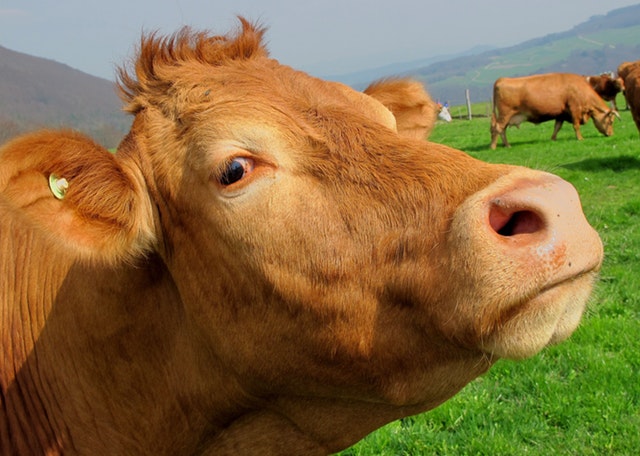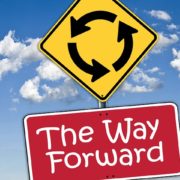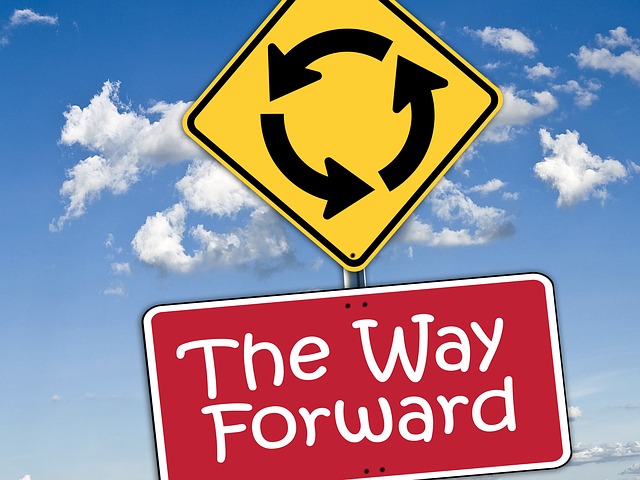Beware the Mid-life Default Mode (or How to Avoid Becoming a Pinprick)
Autopilot is death. Flipping the switch is hard.
I’m stealing these words from Barbara Bradley Hagerty, NPR correspondent and author of one of my favorite books and one I’ve referenced before: “Life Reimagined: The Science, Art, and Opportunity of Midlife.”
I decided I would just let BBH do most of the talking this week because she makes such a powerful point in her epilogue about the significance of the transitions we face at mid-life.
Living from the outside, headed for autopilot at midlife
She starts by pointing out her observation that morning-time commercials on network news are aimed at middle-aged women to peddle facial creams and wrinkle-shrinking treatments. Evening news is geared to both men and women past their prime, with “Cialis ads and medication for arthritis pain.”
Temporal, surface solutions, trying to hang onto youth.
All devoid of “how you think, how you engage your mind, your marriage, your career.” All that stuff is harder, but it works.
I’ll let Barbara take it from here:
“As I mulled over this observation, I realized that this identifies an unspoken theme of the research on midlife. Yes, autopilot is death, yes, you need to engage life with verve, but please note the fine print. It’s arduous. Flipping the switch from autopilot to engagement demands intention, energy, and effort every single day.
Every idea in this book runs against our natural tendency to want to relax, take it easy, reward ourselves for decades of work and child-rearing. Our default mode at midlife is entropy. But default is not destiny, and on this, the research is unequivocal: For every fork in the road, you are almost invariably better off making the harder choice. Harder in the moment, that is, but easier over the years, as your body and mind remain strong. By resisting entropy, by pushing through the inertia that beckons us to rest a little longer, to slow down just a notch, until your life has narrowed to a pinprick – by resisting those forces, you dramatically up the odds that your life will be rich to your final breath, deeply entwined with family and friends, engaged in intellectual pursuits, and infused with a purpose that extends beyond your self. Yes, it’s hard.
Yes, it’s worth it.”
What does a life “narrowed to a pinprick” look like? Maybe it’s what follows a vocation-to-vacation retirement. Research has informed us that full-stop retirees watch, on average, 49 hours of TV a week. We know, sadly, that the highest number of suicides in our country occur amongst men over 75. Health care professionals are expressing concern about the epidemic of loneliness. Harvard Business Review reports that 40% of U.S. adults report feeling lonely. I suspect that that percentage would be much greater if the study were narrowed to those at mid-life or beyond.
We continue to fill facilities with those seeking autopilot sporting an aging biology that still knows only growth or decay. The biology isn’t done yet, but the mindset is.
Pinprick is a choice
Hagerty is right – it’s a battle to avoid autopilot. The draw is strong. We’ve been told for decades that we’ve earned the right to become a pinprick and convinced that it’s expected and accepted. No warning labels on this life transition. Just do what the masses do and narrow it down. Move to that warehouse, wind down, forget intention, energy and effort.
How do you know when you are headed to becoming a pinprick? If the shoe fits – – –
- The highlight of your week is MadMen reruns.
- Your fitbit reported a total of 1,745 steps yesterday.
- Your grandson called you by his other grandma/grandpa’s knickname.
- Apollo 13 and the last book you read coincide.
I’ll let Barbara end it:
“Our longevity is both a blessing and a curse. Almost no one can afford to retire at sixty five and play golf. And even if you could, would you want to? So the question is: What will be the texture of those additional years. Investing inward (more stuff) – or outward (more meaning)? We’re given a chance to leave a legacy. What will it be?”



